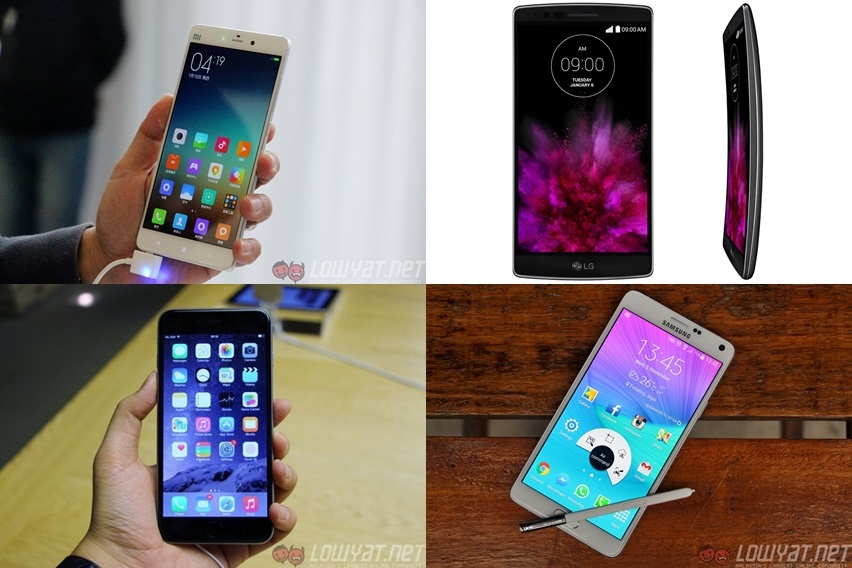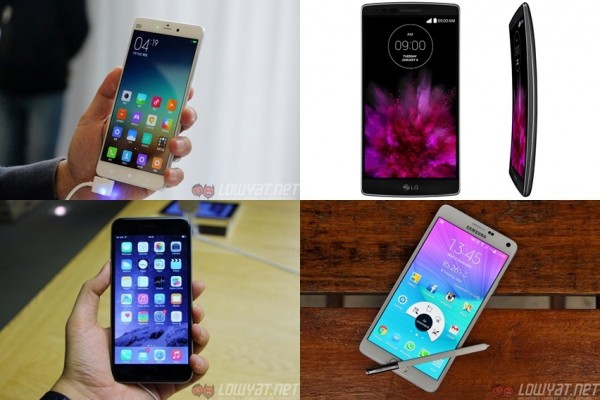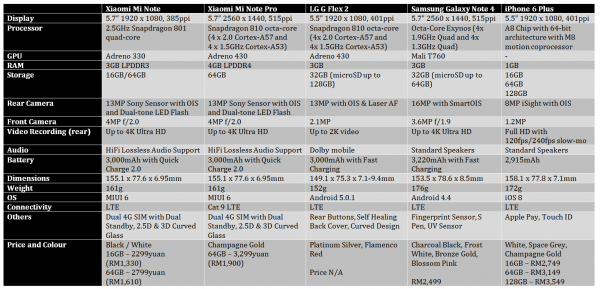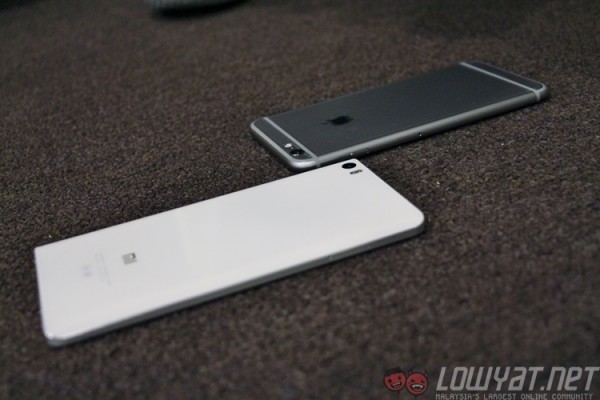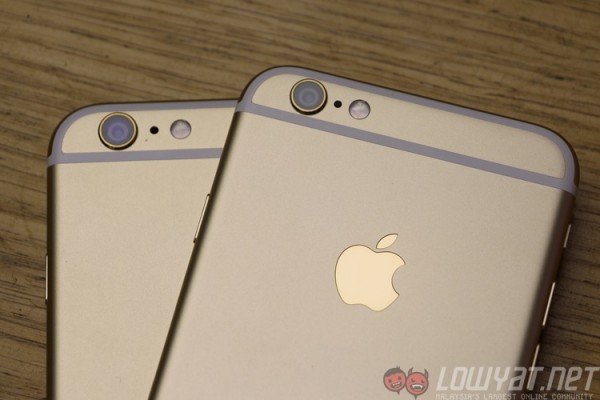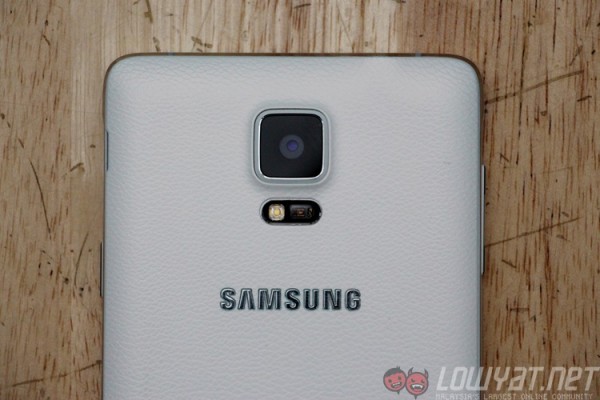With the release of the new Xiaomi Mi Note, suddenly the Chinese company is setting its sights on a market dominated by just a few phones: the premium phablet. This market is home to a select few devices which manage to balance a large screen with plenty of practical features to separate it from smaller-screened flagships. How does the new Mi Note fare in this elite club? And just for the sake of it, let’s throw in the Mi Note Pro as well.
Xiaomi’s launch of the Mi Note series had only one aim in mind: to be the best phablet in the business. It set itself a target of matching and exceeding what the company considered to be the finest phablet around – the Apple iPhone 6 Plus. We felt the current phablet king is the Samsung Galaxy Note 4, which is Samsung’s best smartphone to date.
And let’s also not forget the recently-announced LG G Flex 2, the only other smartphone that features Qualcomm’s new Snapdragon 810. Let’s take a look at how Xiaomi’s latest phablets fare in terms of hardware:
Even in the presence of highly-regarded phablets, the Xiaomi Mi Note does not look out of place. In fact, the Mi Note Pro looks like the true king of phablets with its 4GB of RAM and LTE Cat 9 support. However, with its official availability hanging on the hopes that Qualcomm fixes its issues with the Snapdragon 810 chipset, let’s focus on the Mi Note, which will be available for pre-orders in China at the end of this month.
Blow for blow, the Mi Note matches and exceeds the iPhone 6 Plus’ hardware specifications. Against the Galaxy Note 4, the Mi Note is both smaller and lighter than our favourite Android phablet – though admittedly the Note 4 packs plenty more firepower such as an Exynos Octa processor and a 2K display.
The Mi Note will also mark the first flagship dual-SIM, dual-LTE flagship smartphone from Xiaomi for international markets. Its unique nano- and micro-SIM tray will be a very attractive proposition to those who travel often as well as those who have two numbers. There are few truly great flagship phablets in the market, but there are even fewer flagship smartphones with dual-SIM, dual-LTE around.
Ultimately, the kingmaker will be in the details. With so little to differentiate between the five models, it will go down to things like design, software and even camera performance that will sway a consumer’s mind and money. The Mi Note’s dual curved glass design may not look as unique as the G Flex 2, but it is an exceptionally comfortable device to hold despite its size. On the other hand, MIUI 6 is still based on Android 4.4 KitKat; while development works are already underway to upgrade to Android 5.0, it may take some time before it rolls out.
Then, there’s the camera. The iPhone camera is almost peerless, while the Galaxy Note 4 proved one of the best among 2014’s smartphones. Will the 13MP Sony sensor be just as capable? The IMX 214 Sony sensor on the Mi 4 was good, but the Note 4’s IMX 240 Sony sensor is even better; the iPhone 6 Plus uses an 8MP sensor from Sony too, but the smallest sensor among the three still produces arguably the best pictures taken on any smartphone today.
It is an uphill path for Xiaomi’s new pretender to snatch the throne from Apple or Samsung. But if there’s one company who can do it, you can be pretty sure it is the world’s most valuable tech startup.
MORE: Hands On: Xiaomi Mi Note
Follow us on Instagram, Facebook, Twitter or Telegram for more updates and breaking news.

